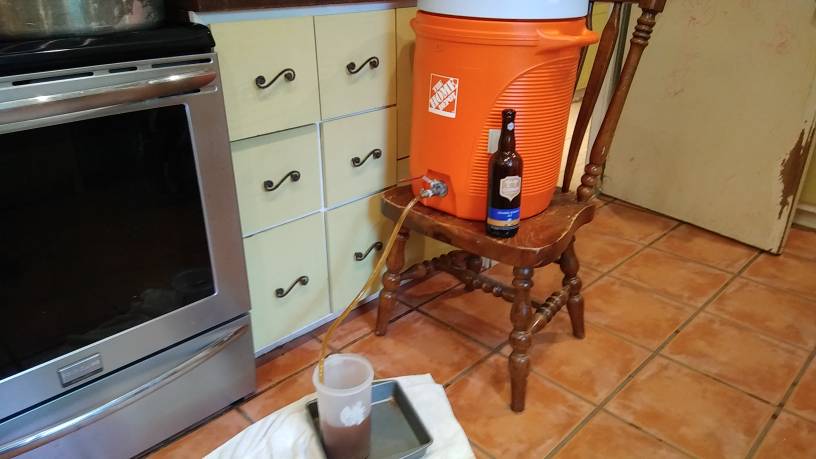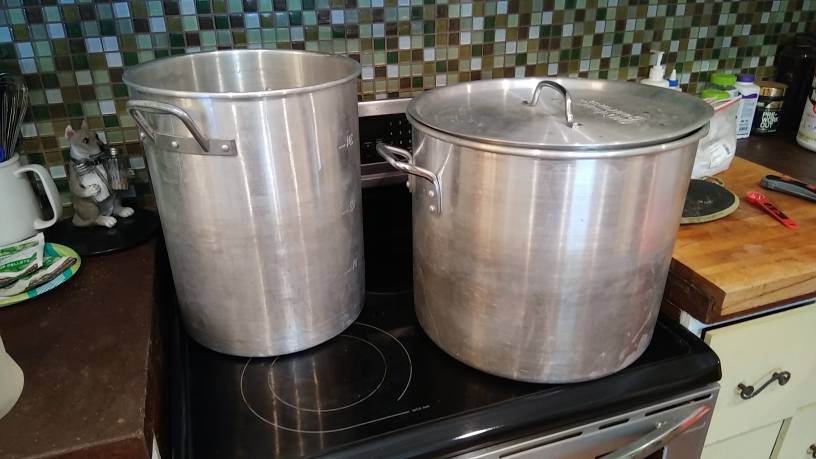Alan Hogue
Member
- Joined
- Jun 21, 2019
- Messages
- 14
- Reaction score
- 4
I'm new here and hopefully this isn't an old/dumb question.
I have a fair amount of experience with extract brewing using basic equipment, though it has been a while and I no longer have most of that equipment.
I would like to set up an all-grain system that fits the following criteria in order:
1) Includes everything needed to brew consistently (something you could reliably test new recipes with)
2) Brews relatively small batches -- no more than 10 gallon yield.
3) Isn't more than say $3k (preferably considerably less). For that money, ideally, I'd like a decent SS fermenter as well.
4) Doesn't require a lot of manual labor on my part.
5) If there needs to be a trade-off between labor and expense of equipment, more labor is better.
Basically, I enjoyed brewing on the basic stuff, but it was a ton or work and a ton of cleaning. All the equipment took up a lot of space too. I'd like to start again with all grain and with high quality equipment, but avoid spending a lot more than necessary.
Any suggestions?
I have a fair amount of experience with extract brewing using basic equipment, though it has been a while and I no longer have most of that equipment.
I would like to set up an all-grain system that fits the following criteria in order:
1) Includes everything needed to brew consistently (something you could reliably test new recipes with)
2) Brews relatively small batches -- no more than 10 gallon yield.
3) Isn't more than say $3k (preferably considerably less). For that money, ideally, I'd like a decent SS fermenter as well.
4) Doesn't require a lot of manual labor on my part.
5) If there needs to be a trade-off between labor and expense of equipment, more labor is better.
Basically, I enjoyed brewing on the basic stuff, but it was a ton or work and a ton of cleaning. All the equipment took up a lot of space too. I'd like to start again with all grain and with high quality equipment, but avoid spending a lot more than necessary.
Any suggestions?




